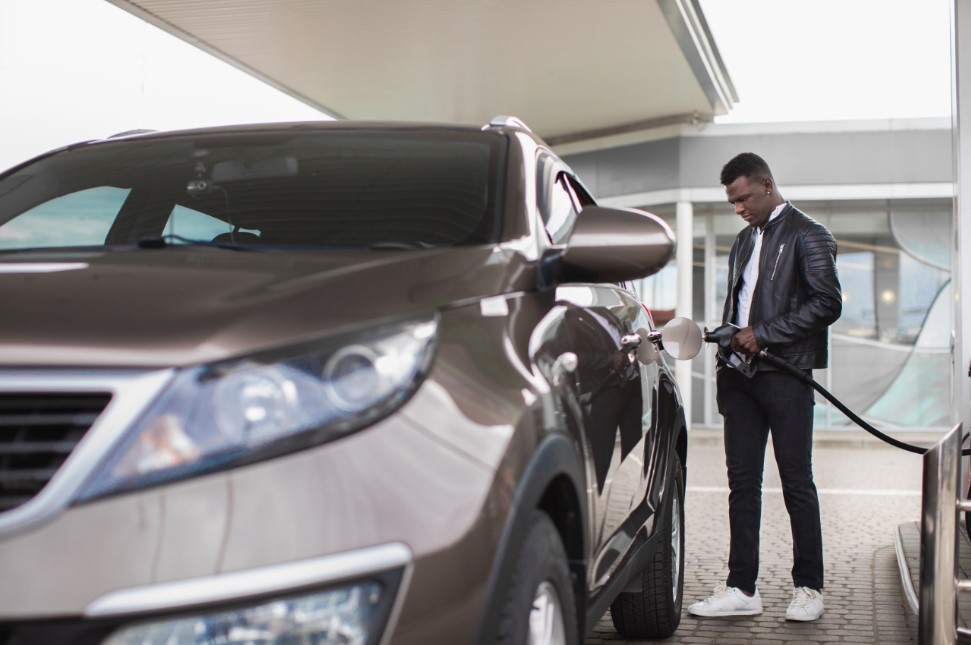
Are Pricey Replacement Brakes a Good Idea?
Usually, a pair of pads in a vehicle for everyday use will work for between 25,000 and 50,000 miles. They wear out because the friction lining, which can be made of ceramic, metallic or organic material, degrades every time you press the brakes. This brake lining presses against the rotor, causing enough pressure to stop your car.
After a car has burned through its first set of manufacturer pads, it needs fresh ones. In addition to your choices about what the pad is made of, you have choices about the level of performance. In this blog, we’ll discuss your brake pad installation options so you can stop when you want. Take into consideration stopping power, fade resistance, noise, dust and wear.
First, think about what it’s made of. If you’re a fast driver or brake slammer, these semi-metallic alternatives might be the way to go. The driver doesn’t need to stress about brake fade issues due to their high heat tolerance. You will notice a fair amount of noise and black dust on the rotor. At Christian Brothers of Tampa, our mechanics don’t say these are best for average cars.
Now for organics. Ideal for comfort, they’re at the bottom for stopping power.
Now for ceramic pads. Asbestos pads are now illegal. Ceramic pads are a good option for heat dissipation. They provide stopping friction for a long time as well. Furthermore, the dust they put off is minimal. They aren’t heat-resistant enough for racing though.
You need to be familiar with how the brake pads are made. The main thing between the original manufacturer’s pads and aftermarket varieties is molding vs. glue. Your car’s first brakes were molded to the shim under high pressure.
Aftermarket varieties just use glue. You can get breaks, cracks, and brakes that wear out quickly.
The right brake pads for you depend on your kind of car and how you drive, and Christian Brothers can help. We invite you to make an appointment.

[1].jpg)
Sunwash-Tech-with-Customer.jpg)




